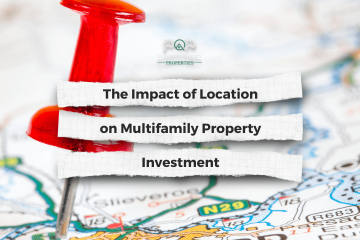When an investor puts a house on the market to be rented, they use something called a debt service coverage ration—or DSCR—to make sure that whatever they are listing the rental for that it will be able to cover the mortgage.
So, when does the DSCR come into play?
When an investor is looking to refinance their loan or even applying for a new loan, they lender that they are looking at getting said loan from will use this tool to make sure that the property is/will generate enough income to pay whatever the mortgage is going to be. The larger the DSCR is, the larger the net operating income (NOI) is available for the debt.
There is actually a formula that is used to calculate the DSCR:
- Debt Service Coverage Ratio = Net Operating Income / Debt Service
For example, if a rental property is generating an annual NOI of $6,500 and the annual mortgage payment is $4,700 (principal and interest), the debt service coverage ratio would be:
DSCR = NOI / Debt Service
$6,500 NOI / $4,700 Debt Service = 1.38
A DSCR of 1.38 means there is extra net operating income available than is needed to service the annual debt. On the other hand, a DSCR of 0.97 means that there is only enough net operating income available to pay for 97% of the annual debt payments.
The higher the DSCR the better the outcome will be when going to a lender for a new loan on your property or a property you already own. The lower the number is, or the closer to 0, there is less wiggle room for the income available to pay for the annual debt payments
There is also the fact that a DSCR score will change from year to year after the house is purchased. Theoretically, the score should go up every year based on the NOI, but it could also go down if the property doesn’t preform the way that it is expected to perform.
Most lenders and investors will look for a DSCR score of at least a 1.25. The lower the DSCR the higher the risk is for the investor having to take money out of pocket to pay for the mortgage if the property is vacant.




